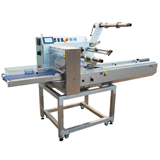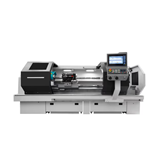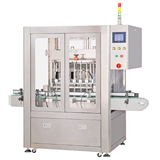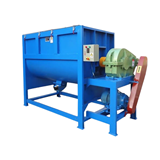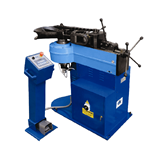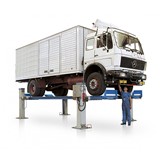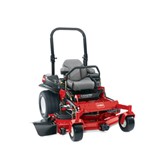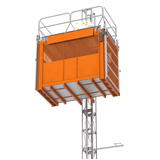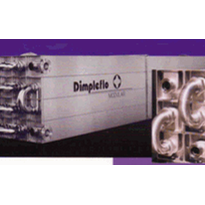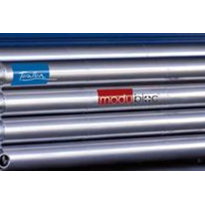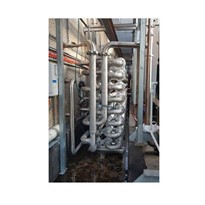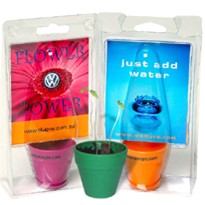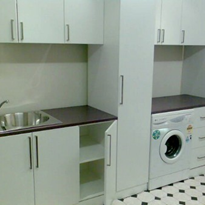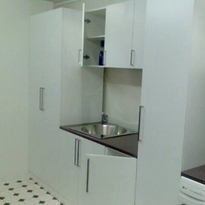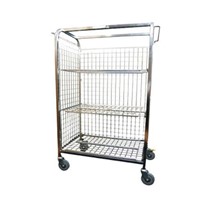In 2021, when Adam Peterson from Pryors Apparel Master Ltd ( Auckland NZ) realized that he needed to increase the capacity of their very successful industrial laundry yet again, they knew they could rely on Teralba Industries. After all, it was our team who back 2010, highlighted the opportunity to save energy in the first place…
What happened was: Teralba walked into industrial laundries, spotted the hot waste opportunity and identified the operation cost savings as ‘low hanging fruit’. This was no ‘smoky mirror’ magic, it was completely tangible. The investment cost was quite moderate, and the payback time proved shorter than what was promised by the Teralba team.
What was found back then, was dirty hot waste water, full of lint, oils, fats and other matter, was gushing out of the rinse cycle of the large commercial washing machines at temperatures of up to 75 degrees C. By putting this dirty waste water through a Dimpleflo Heat exchanger (never blocks up) the Pryors were able to strip 50 degrees C of heat out of the waste. That heat went straight into the incoming feed water and cut down the gas usage on the hot water boiler. Reclaiming 50 degrees of heat might not sound much, but when that value is multiplied by the flow rate of the water, we start to see some very significant kilowatts in energy usage. With energy costs on the rise globally, the dollars saved made the investment into Dimpleflo a ‘no-brainer’.
But there was more…the local sewage treatment works were cheering as well. See, hot waste and sewage are not a good mix. In fact it is so bad, that the trade waste teams will search out and issue fines to operators who do this. This is due to the fact that the heat upsets the microbiological balance and can kill off good bugs, and/or feed algal blooms. So, by gaining back the energy and sending the hot waste water down the drain cooled through the heat exchanger, within the trade waste spec has helped the environment at the same time… that’s what we call win-win.
Pryors managed to commission up their original heat exchanger, very easily and it has operated trouble-free for over 10 years. How does a heat exchanger not get blocked up with all that dirty, waste water that is full of lint? The answer is simple. Dimpleflo is built to take the crap. Those unique indentations don’t only look good… they really work. The Dimpleflo unit succeeds where others don’t, by jostling the liquid flow, and keeping the solids/lint in suspension. Each Dimple causes its own eddy current and vortice flow pattern to effectively self-clean. That’s just another reason why Pryors didn’t hesitate to invest in Dimpleflo Modular again. Zero maintenance on a product that sits there saving money. Cant ask for more than that!
Now… quite a few years later, the washing processes have been increased again, and there is much more waste water to cope with, so the Dimpleflo Modular Heat Exchanger needs to added to. Teralba helped again by re-selected the Dimpleflo for the new duty. Our heat transfer engineers came up with a new selection that included 7 additional modules that were able to be added to the existing 9 modules, to create a 16 module heat exchanger; in a 4 X 4 configuration. Being a truly modular construction, the additional Dimpleflo tubes, complete stainless steel clad thermal insulation, were added simply and quickly. In fact, they were fitted by Pryors own in-house team, themselves. Very impressive!
At our last contact point, with the team at Pryors, our service team penned a comment… Another happy customer, back in operation (after a very short shutdown), saving even more on energy costs, still helping the environment, and the remarkable Dimpleflo remaining maintenance free… Just the ideal heat exchanger unit for viscous and fouling liquids.
Yes, we can help you with your waste heat recovery. Money saved is money earnt.
Yes we have the best heat exchanger to cope with dirty, fouling hot waste streams. Virtually zero maintenance


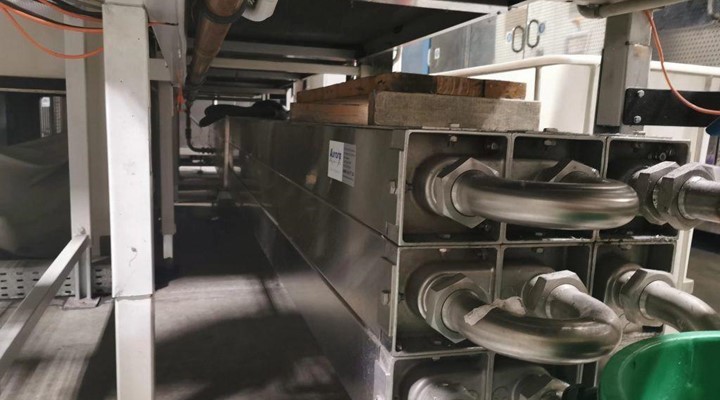
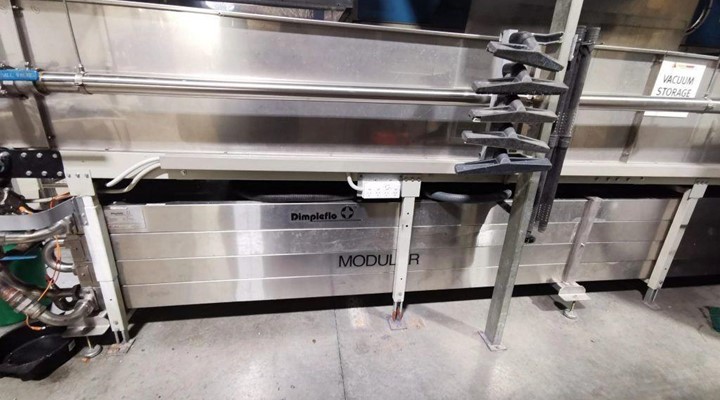
-160x160-state_article-rel-cat.jpg)
-160x160-state_article-rel-cat.png)
-160x160-state_article-rel-cat.png)
-160x160-state_article-rel-cat.jpg)
